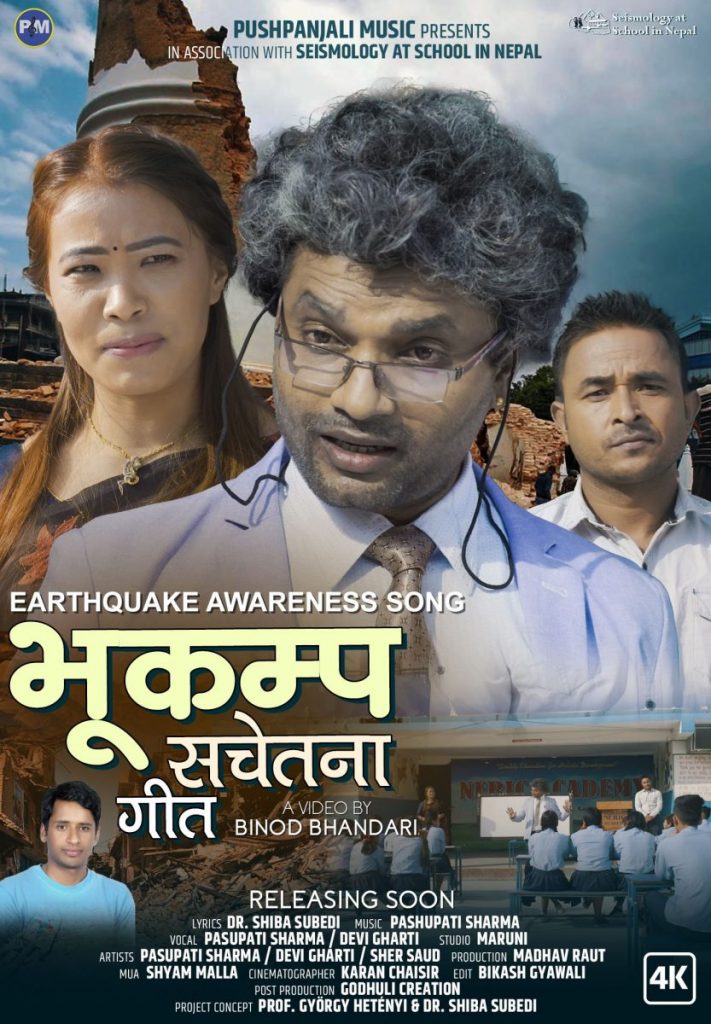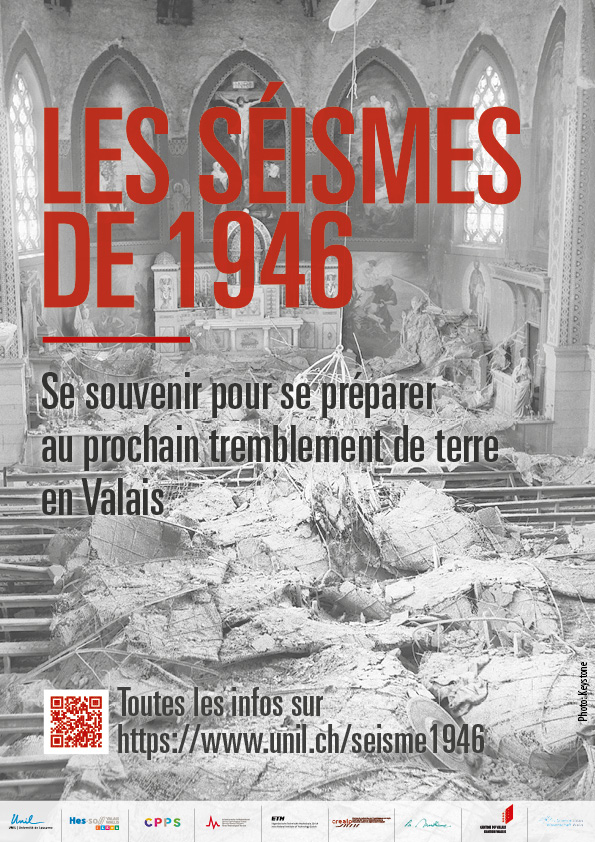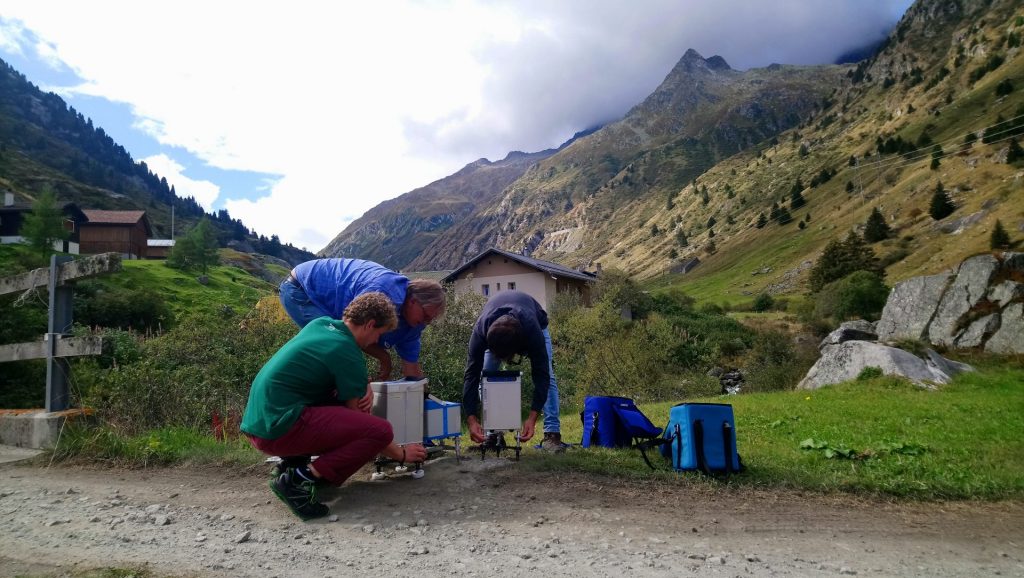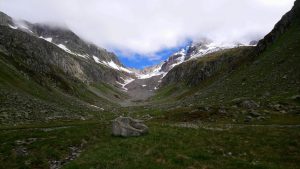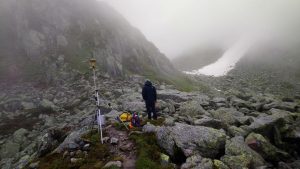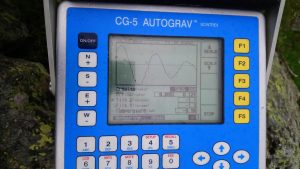The “lockdown” lowering the level of environmental ground vibrations has found wide attention already in the Spring in social media and on websites (here is our news). The full scientific treatment with examples from around the world, including our from project in Nepal, is now published in Science:
Lecocq and 75 others: Global quieting of high-frequency seismic noise due to COVID-19 pandemic lockdown measures. doi:10.1126/science.abd2438
[FR] Voici un résumé de l’article en français, et un interview dans Le Temps.


